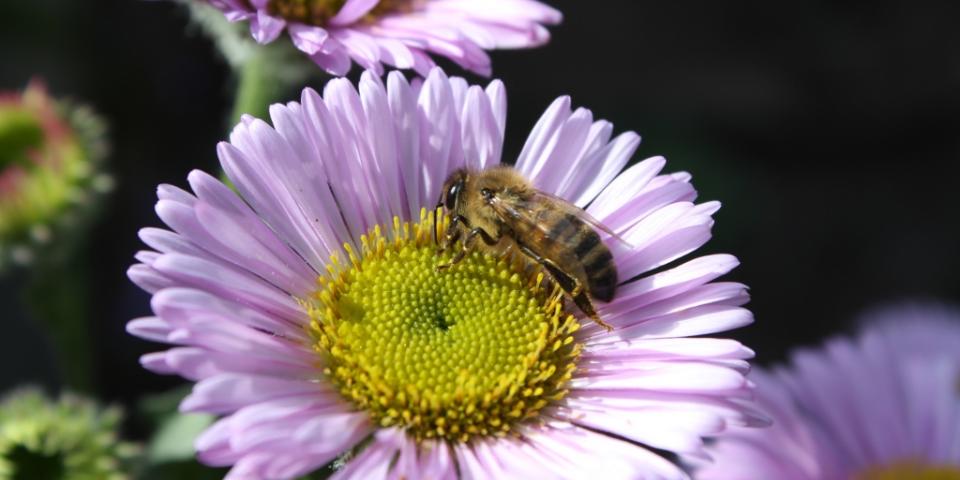- Posted By: beekeeper
- Comments: 0

The month of June so far hasn't been too kind to my bees as we've had more than our fair share of rain here in Devon. In fact, we've had torrential rain which means the girls can't get out to forage for their food and no doubt relying on the stores they've gathered over the months... as the saying goes "saved for a rainy day"!
Looking out the window in the mornings before I go to work, there are a few brave little bees at the hive entrance and as soon as the rain stops the girls are flying off on their mission to gather pollen, nectar and water to replenish their stores.
Looking at the garden, many of the flowers have finished blossoming and the gap between when the next flowers blossom seems to be dragging on which isn't helping the bees either. This time of year is called the "June gap" in the beekeeping fraternity and now I can see why. Having said that, colonies that don't live in rural areas seem to fair better as there is more for them to forage in gardens.
Only a couple of weeks ago, there was an abundance of purple bell flowers just about everywhere that was buzzing with bees. This has just about finished and I wonder what the bees have gone out and found to report back to the colony to go back out and forage.
Spending time just watching the hive entrance is a great way to try and "read" the bees. On one particular day last week there was definitely a lot of flying in one particular direction. I can't be certain, but having taken a drive out in that direction, there was a crop of potatoes growing in a field. Curiosity got the better of me and I went and took a closer look!
I could see bumble bees, hover flies and honey bees on the flowers. Not only that, but in between the furrows and edges of the field the farmer had sewn bee-friendly wild flowers such as green alkanet encouraging pollinators to find them and once there to tend to the crop of potatoes. This was really, really exciting to see. In this day and age where farming is a very large commercial venture, by the farmer sewing these wild flowers not only helps his own crop but also helps the bees during the dearth in forage this month.
Back in our own garden, the beach asters have started to open and are looking glorious draped down the old stone walls. And who should I find but a honey bee on one of them. In fact, it was one of my own honey bees. Having visited a few of the flowers, she was up and away over the fence and back home with her bounty!
If you would like to help honey bees and other pollinators, here's a few things you can do:
- Early flowers in the spring are vital for bees as it's the first source of food after the long winter months. Crocuses and snowdrops look lovely in gardens and the bees would welcome them.
- Think about the flower types - cottage garden perennials are better than summer bedding plants. They may look lovely, but they are not a good source of food for bees.
- Think also about when flowers bloom and try to plant flowers that can provide food from as early as February through to December.
- Even cutting grass less often and not so short to let clover flower is also a great way to help bees.
- Most gardeners don't like dandelions, but they are a vital food source for bees in the spring. By simply leaving them to flower and then dead-head them after flowering will be a great way to help bees.
- Try not to be so tidy in the garden!
The image used has been published under the terms of a Creative Commons License and is attributed to Honey Bee.
